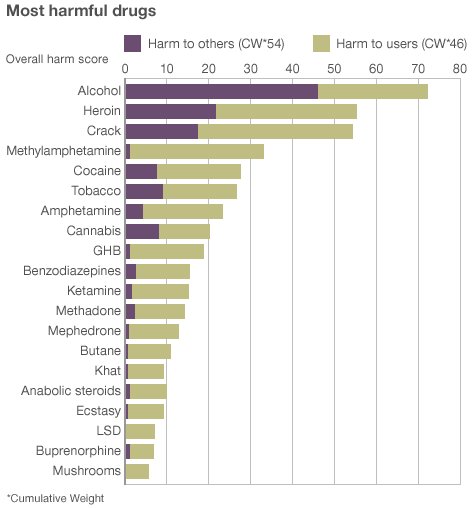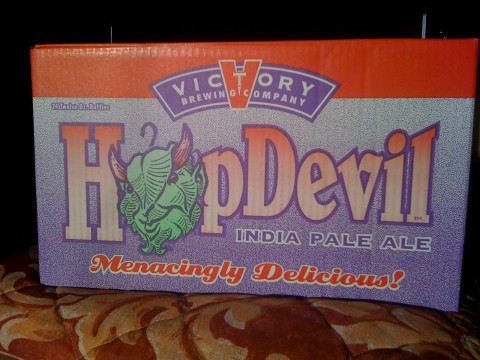You can rest easy, knowing that a potentially dangerous grow op has been investigated by New Mexico Schutzstaffel drug cops:
“We were all as a group eating outside as we usually do, and this unmarked drab-green helicopter kept flying over and dropping lower,” she said. “Of course, the kids got all excited. They were telling me that they could see gun barrels outside the helicopter. I was telling them they were exaggerating.”
After 15 minutes, Pantano said, the helicopter left, then five minutes later a state police officer parked a van in the school’s driveway. Pantano said she asked the officer what was happening, but he only would say he was there as a law-enforcement representative.
Then other vehicles arrived and four men wearing bullet-proof vests, but without any visible insignias or uniforms, got out and said they wanted to inspect the school’s greenhouses. Pantano said she then turned the men over to the farm director, Greg Nussbaum.
Ms. Pantano must have nerves of steel . . . most schools would have gone into emergency lock-down at the sight of all those paramilitary types deploying in the driveway.
The comments on BoingBoing were good, and this one was great:
The War on Organic Produce continues to go well. Each of those tomatoes cost the taxpayer $75.00 US! WE WILL NOT BE SATISFIED UNTIL THE DRUG CZAR IS RUMOURED TO CURE GOUT BY WASHING THE FEET OF THE AFFLICTED.
—
Seriously: What the fucking fuck fuck happened to Probable Cause in this day and age? “We’re spending $20,000 on this operation because we herd thai leik mudkips, so we kipped in thair mud so thai can mud whail thai kip.” In the immortal words of Plato, NON FUCKING SEQUITUR is NOT a RIVER in EGYPT!
“What else floats the same as a Cannabis Sativa plant??? – er, WOOD! – Good, what else? – well, tiny rocks. – OH! A DUCK! – Right! So if the suspects are raising ducks — THEN THEY’RE RAISING POT! – WELL /DONE/!”
Law Enforcement by Superstition is horse-shit.






